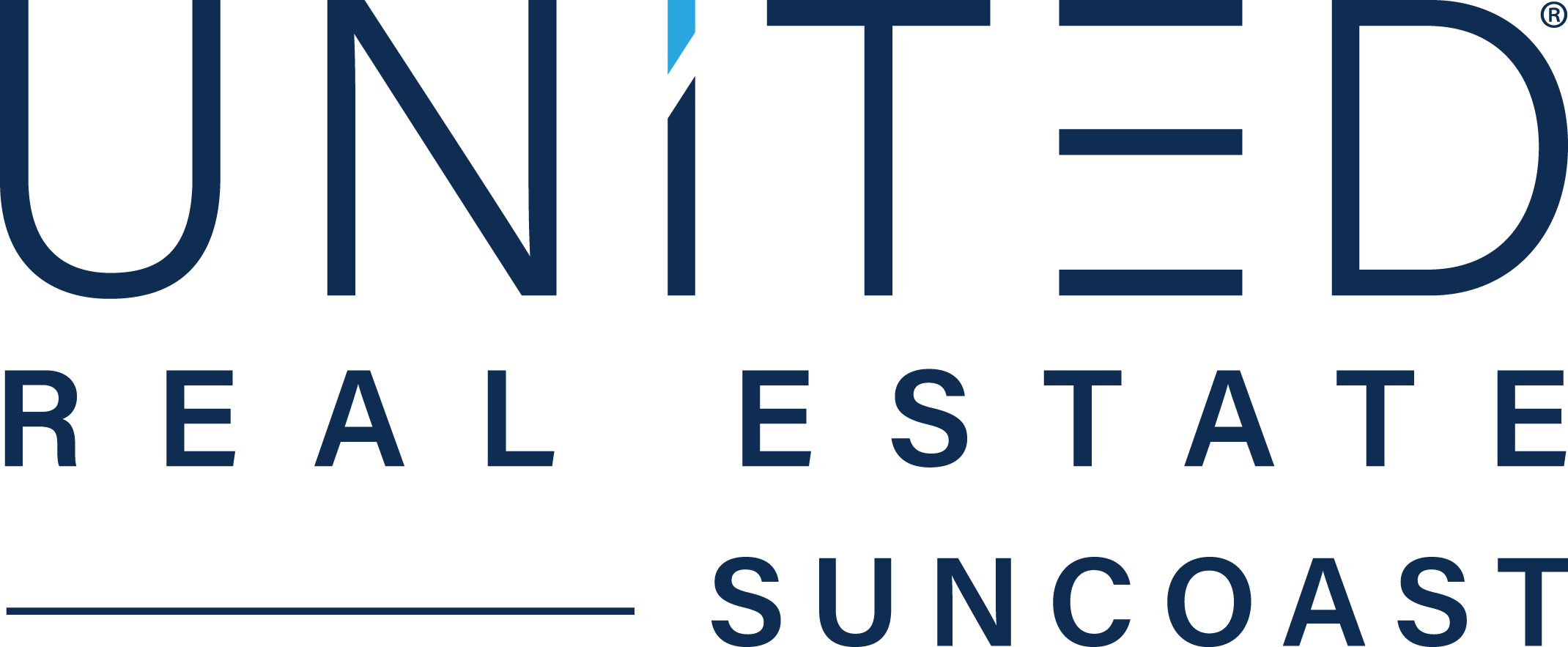ORLANDO, Fla – Build to Rent (BTR) communities are a subset of the single-family rental (SFR) market and have become increasingly popular among builders, developers, investors and renters in recent years.
The challenge with BTR properties is Realtors® don’t typically participate in this kind of inventory, meaning these are new homes that they don’t have the opportunity to sell and earn a commission. Just like new construction communities, which don’t usually offer business opportunities for many Realtors, this is a wave of supply that can be competition for potential buyers. That said, this asset type creates competition for new construction homes for purchase as well.
This is a unique property type that provides an alternative to ownership without compromising the single-family home lifestyle, often located in parts of the country where building out is more common than building up. They are lower density and typically less objectionable because they look like a standard subdivision, despite them being rentals. Their lower density puts less strain on roads and other infrastructure than a more densely populated apartment complex.
What is a Build to Rent community?
Investors and developers are figuring out ways to make these deals work and typically target exurban areas in popular Sunbelt markets. They are a mix between a typical apartment community and a traditional single-family home. Like an apartment complex, they offer shared amenities like pools and a gym and property management, but instead of being a single unit inside a building, the entire community looks and feels like a typical subdivision. The homes tend to range between 1,500- to 2,000-square feet on average but have nicer finishes and, most importantly for those with fur babies, small yards. Some BTR properties are attached like a duplex or can be a townhouse style as well, but the main characteristic is there are no stacked units.
In terms of construction and delivery, the BTR product is very similar to a master planned community or subdivision. The only difference is instead of selling off each home individually once completed, the entire community is run similarly to a traditional apartment complex and held as a single asset. For investors, the entire project can be sold when the developer wants to exit. Some projects, including a few in Southeast Florida, are platted so the homes can be sold off individually instead, which could present a source of existing home supply.
The appeal to a renter is the entire subdivision is a rental and is maintained as such, which is different than renting a single-family home in a neighborhood of owners. Since this concept is relatively new, renters can get into newer properties and tend to have nicer finishes with professional management, including landscaping and other aspects of the neighborhood.
Who is the target demographic?
Looking to thread the needle for people who have outgrown the apartment lifestyle but are unable or unwilling to purchase a home, these communities provide a step-up in property type but offer the flexibility and ease of renting. This most often means younger Millennials and older Gen Zs. Due to their often-exurban locations, these are best for people who have flexible work arrangements or can handle a longer commute. The draw is also strong for people of any age who switch home bases more frequently than the recommended five- to seven-year hold for ownership. Think traveling nurses or other professionals that seek new opportunities every one to two years.
These also appeal to older people who don’t want to maintain their property but still want the space of a single-family home (and one story) and are not quite ready for an age-restricted community or retirement home. Think of a grandparent who wants to live near their grandchildren part-time but still has their primary residence elsewhere. Due to the appeal to both younger and older renters, demand for these properties can be competitive.
Where are they being built in Florida?
According to a report by Point2Homes in April 2025, the larger markets in Florida, including Orlando, Tampa and Jacksonville, are expected to see larger deliveries of this asset in the coming years. This follows with the demographic trends of these metros, which continue to experience positive net migration among many different age cohorts, and still offer some space to build these kinds of communities. Also, with the median sales price in these areas over 50% higher than they were pre-pandemic, more would-be buyers are opting for these newer rental properties instead.
Source: Point2Homes Report; April, 2025
What does this mean for Realtors?
The challenge overall with a property type like this is it can serve as a sort of real estate purgatory, providing a mid-point that looks and feels like ownership without the equity gains that come from owning a home long term. It takes potential buyers out of the market, at least temporarily, and off the path of ownership long-term.
The normal path of starter home, trading up to a larger home and utilizing the equity gains of each step to move along is potentially being disrupted. For many Americans, home equity, and the home itself, is one of the first stones in establishing generational wealth. Without that path, fewer people will be able to accomplish that part of the American dream. That said, this is a great alternative for people who desire mobility, who move cities a lot for work or family, or who are building wealth in other ways.
Ultimately, while the number of units projected in the pipeline may appear to be a lot, it’s really a small percentage of all new deliveries. Location still drives a lot of real estate decisions, which will still provide an advantage to existing homes in desirable areas.
Jennifer Warner is an economist and Director of Economic Development
© 2025 Florida Realtors®
Topics: Florida Realtors, economy, add others as needed


